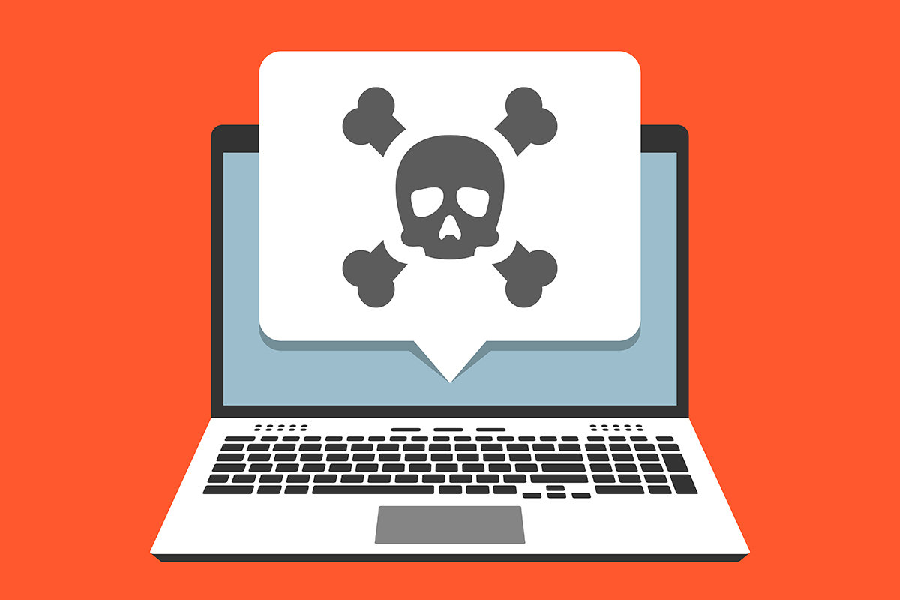Organizations, large and small alike, have suffered security breaches in various ways and measures. The consequences of data theft, or compromise on security, can be quite rippling in nature. Besides issues with regulatory authorities and financial losses, a business may lose customers, and the damage to brand value can take years in recovery. One of the common security concerns is a backdoor attack. In this post, we are sharing some of the basic details, so that your business can stay a step ahead of hackers.
How does a backdoor attack work?
Mostly, backdoor attacks are caused by malware infection. Once a system has been infected with the malware, hackers gain authorized access to networked devices, such as IP cameras, computers, websites and servers. They may cause a breach, encrypt files, or in many cases, just spy on business activities. Employees are often tricked into installing software, updates, or download attachments, which causes malware infection. However, not all backdoor attacks are related to malware alone.
Knowing malware types
To prevent a backdoor attack, it is important to know the threats first. There are varied kinds of malware that cybercriminals use. Detecting a backdoor attack is often hard, because the concerned user doesn’t even know that they have installed malware. Knowing malware types can always help. Ransomware, for instance, encrypts files, and the hacker will ask for a ransom to send a decryption key. Then there is spyware, which spies on user activities. Virus, trojan and worms may infect one system and continue to infect others.
Step to prevent backdoor attacks
First and foremost, ensure that all software, applications and firmware are updated to the latest version. Change all default passwords immediately, and ask your employees to use strong passwords, using special characters and uppercase/lowercase letters. If they are not sure of how to manage passwords, recommend a password manager. Also, it is important to place networked devices behind firewalls, and where required, network segmentation must be used. There are also other ways to prevent hacking attempts. For example, for selected accounts and devices, multifactor authentication can be considered. It is also wise to use the lockout feature, to avoid brute force attacks. If your employees don’t know about safe browsing or how to report a security incident, hire security experts to conduct a workshop.
It doesn’t require huge investment to prevent backdoor attacks, but what it takes is a more proactive stance.

